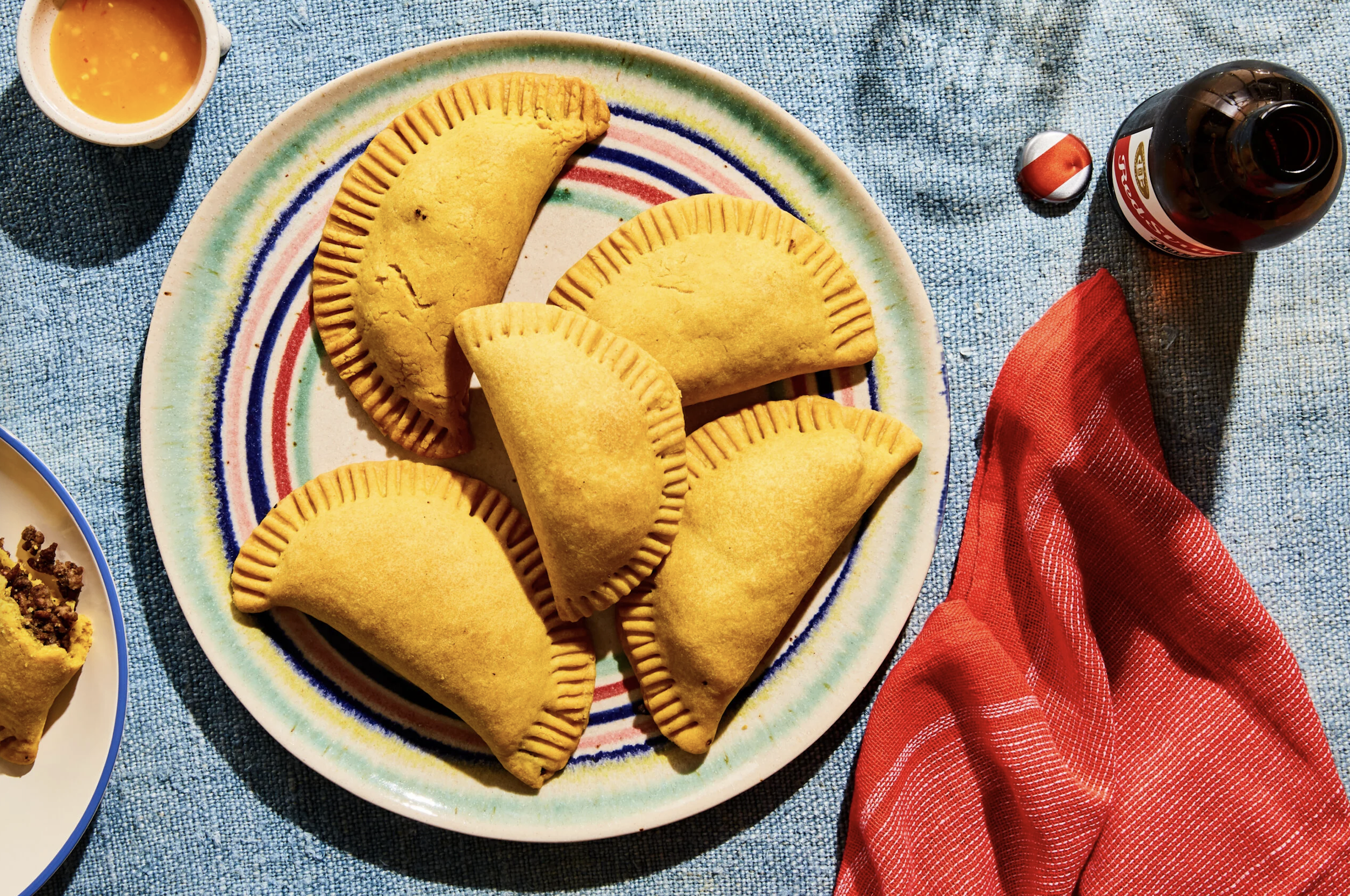The Influence of French Oak on Wine Flavor: A Deeper Look
When it comes to enjoying a glass of wine, most of us savor the complex flavors and aromas that dance on our palates. But have you ever stopped to wonder why wines taste the way they do? The answer often lies in the oak barrels used for aging, and one of the most sought-after varieties is French oak. In this exploration, we'll take a deeper look at the remarkable influence of French oak on wine flavor.
The Role of Oak in Winemaking
Here's a breakdown of how oak contributes to the final product:
Flavor Infusion: French oak staves impart a range of flavors and aromas to wine, including vanilla, spice, caramel, and even a hint of coconut. These unique characteristics are highly desirable and can elevate the wine's overall profile.
Texture and Mouthfeel: Oak barrels allow for slow oxygen exchange, which softens the wine's tannins and enhances its texture. This leads to a smoother, more velvety mouthfeel.
Aging Potential: Oak aging helps wines evolve and mature gracefully over time, allowing for complex flavor development and increased aging potential.
Now that we've covered the general role of oak in winemaking, let's zoom in on why French oak, in particular, is so highly regarded.
French Oak vs. Other Varieties
Not all oak is created equal, and winemakers have a choice between different types of oak when crafting their wines. French oak stands out for several reasons:
1. Wood Source: French oak comes from oak trees (Quercus robur or Quercus petraea) grown in France, primarily in regions like Limousin, Allier, and Nevers. The diverse terroirs in these areas contribute unique flavors and aromas to the wood.
2. Tight Grain: French oak is known for its fine-grained wood, which imparts subtle flavors and a smoother texture to the wine. This tight grain allows for a more delicate infusion of oak characteristics.
3. Elegant Aromas: Wines aged in French oak often exhibit delicate and nuanced aromas, such as floral notes, cedar, and subtle spices. This adds a layer of complexity to the wine's bouquet.
4. Longer Aging Potential: French oak's ability to integrate with the wine's flavors allows for longer aging, resulting in wines that can gracefully mature for decades.
The Influence of French Oak on Wine Flavor
Now, let's dig deeper into how French oak shapes the flavor profile of wine. It's a fascinating journey that begins with the selection of the oak and continues through the aging process.
Selection of Oak: The winemaking process starts with selecting the right oak barrels. Winemakers often choose French oak barrels based on the specific flavor profile they want to achieve. The choice between new or used barrels also plays a role in the level of oak influence.
Toasting Levels: French oak barrels can be toasted at different levels, ranging from light to heavy. Toasting affects the flavor and aroma extraction from the wood. Light toasting tends to impart more subtle notes, while heavy toasting brings out bold flavors like vanilla and spice.
Aging Duration: The longer a wine sits in French oak barrels, the more pronounced the oak influence becomes. This prolonged contact allows for the gradual infusion of oak characteristics into the wine.
Oak-Derived Flavors: French oak contributes a wide array of flavors, including vanilla, toast, butterscotch, and even a touch of hazelnut. These flavors complement the wine's natural characteristics, creating a harmonious blend.
Balancing Act: Winemakers must strike a delicate balance between the fruit flavors of the wine and the oak influence. Too much oak can overpower the wine's primary character, while too little might not provide the desired complexity.
Pairing Wines with French Oak
Now that we understand the impact of French oak on wine, let's explore some wine varieties that benefit from this oak treatment:
Chardonnay: French oak is often used to age Chardonnay, giving it a rich, creamy texture and notes of vanilla and butter. These flavors complement the wine's apple and citrus notes beautifully.
Cabernet Sauvignon: Cabernet Sauvignon's bold structure pairs wonderfully with French oak, which adds layers of complexity with its hints of cedar, tobacco, and spice.
Merlot: French oak can soften the tannins in Merlot and enhance its plum and red berry flavors, making for a well-rounded and approachable wine.
Syrah/Shiraz: The spicy, peppery notes of Syrah or Shiraz can be accentuated by French oak, resulting in a wine with a captivating blend of dark fruit and spice.
Bordeaux Blends: Many Bordeaux wines are aged in French oak barrels, contributing to their legendary complexity and aging potential.
Choosing the Right French Oak-Aged Wine
When selecting a French oak-aged wine, consider the following tips:
Check the Label: Look for information on the label or wine description indicating the use of French oak barrels. Winemakers often mention this as it's a selling point for many wine enthusiasts.
Vintage Matters: Consider the vintage of the wine. French oak-aged wines tend to improve with age, so older vintages may offer a more developed flavor profile.
Food Pairing: Think about the meal you'll be enjoying with the wine. French oak-aged wines, with their complex flavors, often pair well with dishes like roasted meats, creamy pasta, or aged cheeses.
Conclusion
Next time you raise a glass of your favorite wine, take a moment to savor the intricate dance of flavors and aromas that French oak has helped orchestrate. Cheers to the enduring legacy of French oak in the world of wine!




